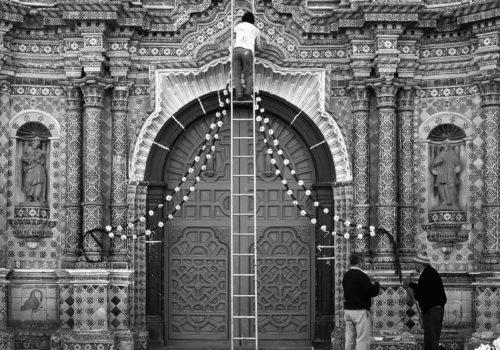Sand in my Camera – Lost Worlds of Art and Antiquity in Pictures
Not until I was age 33 in 1969, did I truly know rivers named Nile, Tigris, Euphrates, Orontes or Jordan. I knew nothing of the Dead, Red, Black, Mediterranean or Aegean Seas, or cities called Cairo, Damascus, Amman, Jerusalem, Beirut, Sana’a, Istanbul or Baghdad, or empires named Egyptian, Sumerian, Babylonian, Hittite, Persian, Roman or Arab (Fatimid, Mamluk and Ottoman).
As a young woman brought up in the grasslands of Northeastern Colorado, I knew little of these exotic places–other than a few photos in a college art history book. It was a time of enlightenment, and the legendary waters, historic cities and civilizations, and varied lands where evidence of the ancient still exist became my hunting grounds for several decades. It was a life transformed.
The hunt began. I searched for minarets, mihrabs and courtyards built during the Fatimid, Mamluk and Ottoman Islamic periods, and soon expanded to more ancient civilizations that included temples, tombs, sculpture, carvings, paintings—eternal stories in stone, clay, glass, wood, oxides–and joyously met the very descendants of the architects and craftsmen who built them. All for the photographic image—my life goal.
Crumbling ruins are all that physically remain of most lost worlds from the past—the great structures made by civilizations thousands of years ago. Sadly, terrorists have irreversibly destroyed important sites such as Palmyra, Bosra and Apamea in Syria.
For me, the importance of photography is that it documents time. The beauty of photography is that by looking at a photograph, one can immediately experience long-ago moments, even bits of the lives people lived thousands of years ago—where, how and who they worshiped, and where they walked, worked, lived and loved. Now at 87 years old, those times are clear and present for me and I remember many wondrous people and places where I walked with camera and tripod. Many places are those I wouldn’t visit now, even as a young woman, but I have these documents that keep those times living for not only myself but anyone who views the photographs.
The present-day people who were generous to stop what they were doing, look into my camera lens and allow me to make their photograph will always be exactly as they were on the day the shutter snapped. These experiences became memories that will always live in my heart. They are an integral part of who I am today. I hope you are also touched by the photographs.
Carolyn Brown
















